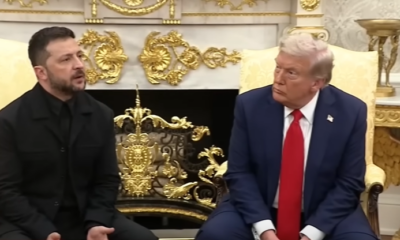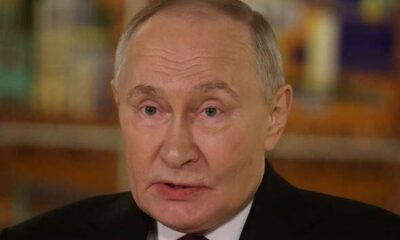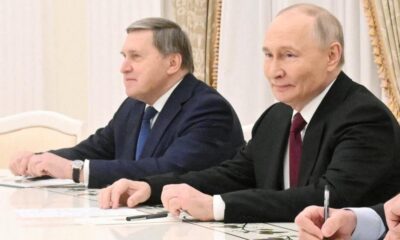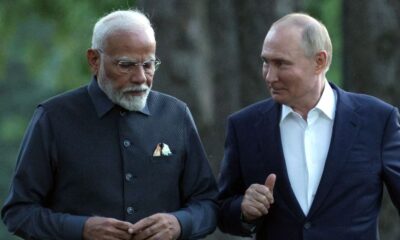World
Russia Gains Ground in Ukraine’s Summer Offensive: Key Developments
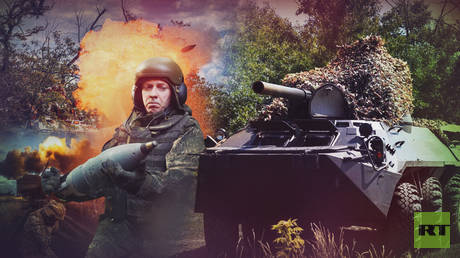
In recent weeks, Russian forces have made significant territorial gains in Ukraine, capturing approximately 500 square kilometers of land—three times more than during the same period last year. This summer campaign has maintained a steady, methodical pace, reflecting a broader shift in battlefield momentum as fighting intensifies across multiple fronts.
Active confrontations have unfolded in four key sectors, from the northern borderlands near Sumy to the southern reaches of the Zaporozhye region. Each area presents a unique tactical scenario, yet they collectively illustrate Russia’s evolving military strategy.
Sumy Axis: Ukrainian Counteroffensives Stall
Along the Sumy axis, Russian troops are working to establish a buffer zone on the Ukrainian side of the border with Russia’s Kursk Region. This area mirrors last year’s staging ground near Sudzha. Faced with threats to the regional capital of Sumy, Ukrainian forces have redeployed units and reserves to the region.
In late June, Ukraine launched counterattacks near Alekseevka and Kondratovka, aiming to disrupt Russian advances. However, as of early July, these counteroffensives have stalled. Russian troops successfully dislodged Ukrainian forces from one of their positions in Tetkino, the only Ukrainian-held settlement on Russian territory. The coming weeks will indicate whether the Russian advance will continue or shift towards consolidating their gains.
Kupiansk Axis: Ongoing Pressure and Encirclement Efforts
On the Kupiansk axis, Russian forces have secured a foothold on the western bank of the Oskol River. Reports indicate that Russian units may have captured Moskovka, a vital stronghold along the strategic Kupiansk-Volchansk railway. Encircling Kupiansk would require cutting off two major supply routes: one running west through Blagodatovka and another leading south through Osinovo.
Current assessments suggest conflicting reports regarding the control of Moskovka, indicating it may still be contested. The Kupiansk axis is primarily viewed as a secondary theater, intended to pin down Ukrainian forces and prevent reinforcements from reaching critical fronts.
Konstantinovka: Intensifying Urban Warfare
In the Konstantinovka sector, Russian advances have slowed slightly since a successful push in May. Current efforts focus on the city’s primary defensive lines. Russian forces are engaging in a familiar urban warfare strategy, where key communication lines are targeted first, followed by sustained artillery bombardments to weaken defenses.
This strategy places Ukrainian forces in a difficult position, forcing them to choose between an orderly retreat or risking a defensive collapse. The main roads into Konstantinovka remain under Russian fire control, and pressure from multiple directions is increasing.
Pokrovsk: Key Gains and Strategic Advancements
The situation around Pokrovsk reflects that of Konstantinovka, where Russian forces have advanced up to 8 kilometers toward Rodinskoe. This movement has brought two of the three main supply routes into Pokrovsk and neighboring Mirnograd under Russian control.
Further south, Russian troops have achieved significant gains, advancing up to 15 kilometers across a 30-kilometer front. They reached the administrative boundary of the Donetsk People’s Republic (DPR), capturing the village of Komar—an important Ukrainian defensive position. On July 7, 2023, the Russian Defense Ministry announced the capture of Dachnoye, marking a tactical milestone as the first settlement in Ukraine’s Dnepropetrovsk Region to fall under Russian control.
Zaporozhye Axis: Renewed Activity in the South
After a prolonged period of relative calm, the southern front near the Dnepr River is experiencing renewed Russian activity. Forces have advanced along three axes, notably capturing Kamenskoye, a strategically important settlement.
On July 11, 2023, Russian Defense Minister Andrey Belousov visited the forward command post of the Dnepr Group of Forces, underscoring high-level attention to this area. Observers anticipate that this uptick in operations may either stretch Ukrainian reserves or signify the beginning of a broader Russian offensive in the south.
As the conflict continues to evolve, the coming weeks will be crucial in determining the trajectory of the ongoing military engagements across these fronts.
-

 World4 days ago
World4 days agoCoronation Street’s Shocking Murder Twist Reveals Family Secrets
-

 Entertainment4 months ago
Entertainment4 months agoKate Garraway Sells £2 Million Home Amid Financial Struggles
-

 Entertainment3 months ago
Entertainment3 months agoAnn Ming Reflects on ITV’s ‘I Fought the Law’ Drama
-

 Health3 months ago
Health3 months agoKatie Price Faces New Health Concerns After Cancer Symptoms Resurface
-

 Entertainment4 weeks ago
Entertainment4 weeks agoCoronation Street Fans React as Todd Faces Heartbreaking Choice
-

 World4 weeks ago
World4 weeks agoBailey Announces Heartbreaking Split from Rebecca After Reunion
-

 Entertainment7 days ago
Entertainment7 days agoTwo Stars Evicted from I’m A Celebrity Just Days Before Finale
-

 World7 days ago
World7 days agoKevin Sinfield Exceeds Fundraising Goal Ahead of Final Marathons
-

 Entertainment3 months ago
Entertainment3 months agoCoronation Street’s Carl Webster Faces Trouble with New Affairs
-

 Entertainment3 months ago
Entertainment3 months agoWhere is Tinder Swindler Simon Leviev? Latest Updates Revealed
-

 Entertainment4 months ago
Entertainment4 months agoMarkiplier Addresses AI Controversy During Livestream Response
-

 Science2 months ago
Science2 months agoBrian Cox Addresses Claims of Alien Probe in 3I/ATLAS Discovery





